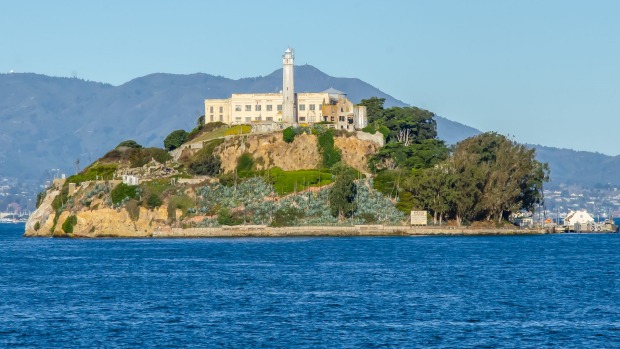
1 THE TOWER OF LONDON
The 1000-year-old Tower famously hosts the Crown Jewels. It is a hodge-podge of collections from the royal armouries, interactive displays about centuries-old battles, and medieval palace rooms.
It's the stories that stick though, especially in the Bloody Tower where Sir Walter Raleigh was held for 13 years and 12-year-old Edward V was detained, then probably murdered, by Richard III.
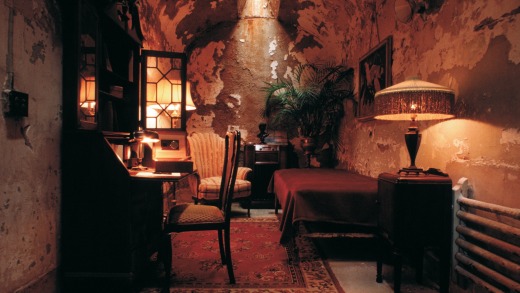
2 ROBBEN ISLAND, CAPE TOWN
The tours of Robben Island are led by the former inmates, who were incarcerated there under South Africa's apartheid system. The island has had incarnations as a leper colony, colonial prison and quarantine station, but it's best known as the place where political prisoners were kept. There's an unmistakeable chill when you stand outside the cell where Robben Island's most famous prisoner, Nelson Mandela, was kept captive for 18 years.
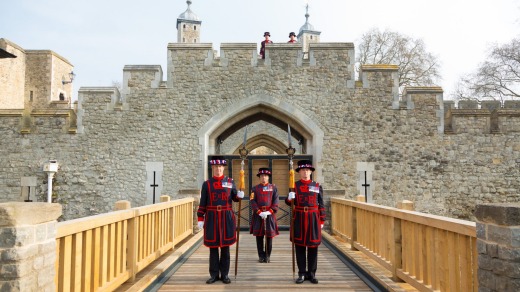
3 ST HELENA
Once Napoleon was finally vanquished at Waterloo, the British decided to make sure he couldn't come back. So they sent him to St Helena, a volcanic speck in the southern Atlantic. Longwood House, Napoleon's residence there, became his effective prison until he died in 1821.

4 ALCATRAZ, SAN FRANCISCO
The audioguided tours of this legendary rock in the middle of San Francisco Bay, interspersed by anecdotes from former prisoner guards and inmates, are excellent. They tell the tales of escape – no one ever managed it successfully – and the guards' families that lived alongside the inmates on the island. The overall impression is of somewhere far more complex and less fearsome than popularly portrayed.
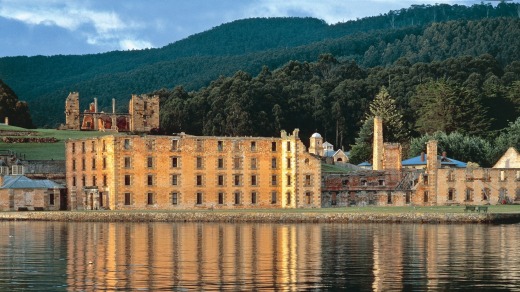
5 TUOL SLENG, CAMBODIA
Far more bleak and disturbing than the nearby Killing Fields, Tuol Sleng was the Phnom Penh prison where political prisoners were routinely tortured under the Khmer Rouge. The tours around this former school show just how appalling conditions were, while the photographs and torture implements on display properly hit home.
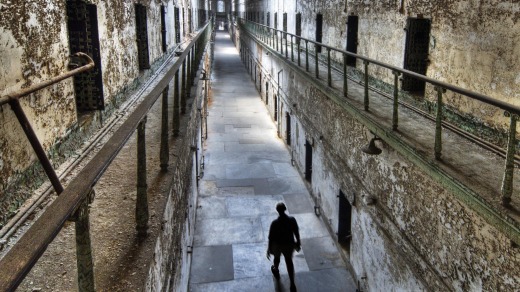
6 PORT ARTHUR, TASMANIA
If Australia has an equivalent of Alcatraz, it's Port Arthur. Right at the end of the Tasman Peninsula, accessible only past a line of snarling dogs, it was reserved for convicts who reoffended after being transported to the other side of the world.
The setting is utterly beautiful, and some of the original buildings have attained a handsome grandeur over time, but conditions were less delightful. The lantern-lit night-time ghost tours delve even further into the darker side.
7 CHATEAU D'IF, FRANCE
Just off the coast of Marseille, this 16th century island fort was later turned into a handy place to keep political prisoners. The most famous of these was fictional though – it was the place of incarceration for Alexandre Dumas' Count of Monte Cristo. Boats head out here regularly, although the views are better than the historical detail.
8 EASTERN STATE PENITENTIARY, PENNSYLVANIA
This Philadelphia jail looks like every prison you've ever seen on TV, and that's because its design provided the inspiration for more than 300 prisons worldwide.
Opened in 1829, its crumbling walls and cells accessible through tiny exercise yards reek of ghostly atmospherics. All cells are bleakly bare, barring the one that housed gangster Al Capone, who had the money and contacts to get special privileges.
9 SCHLOSS COLDITZ, GERMANY
A Renaissance castle near Leipzig, Colditz became famous as a prisoner of war camp during World War II. Mainly housing British officers, internees were surprisingly well treated – although the tales of elaborate escape attempts have long passed into legend. It is now a museum with a hostel attached, and the tours are packed with tales of derring do.
10 FREMANTLE PRISON
Finally closed in 1991, despite being hugely ill-suited to its task, Fremantle Prison offers a disturbing insight into all-too-recent prison life. Tours take visitors through the processes – from the initial strip-searches to having to use a slop bucket in lieu of a toilet – and show off 19th-century inmate art that was hidden under whitewash for decades.